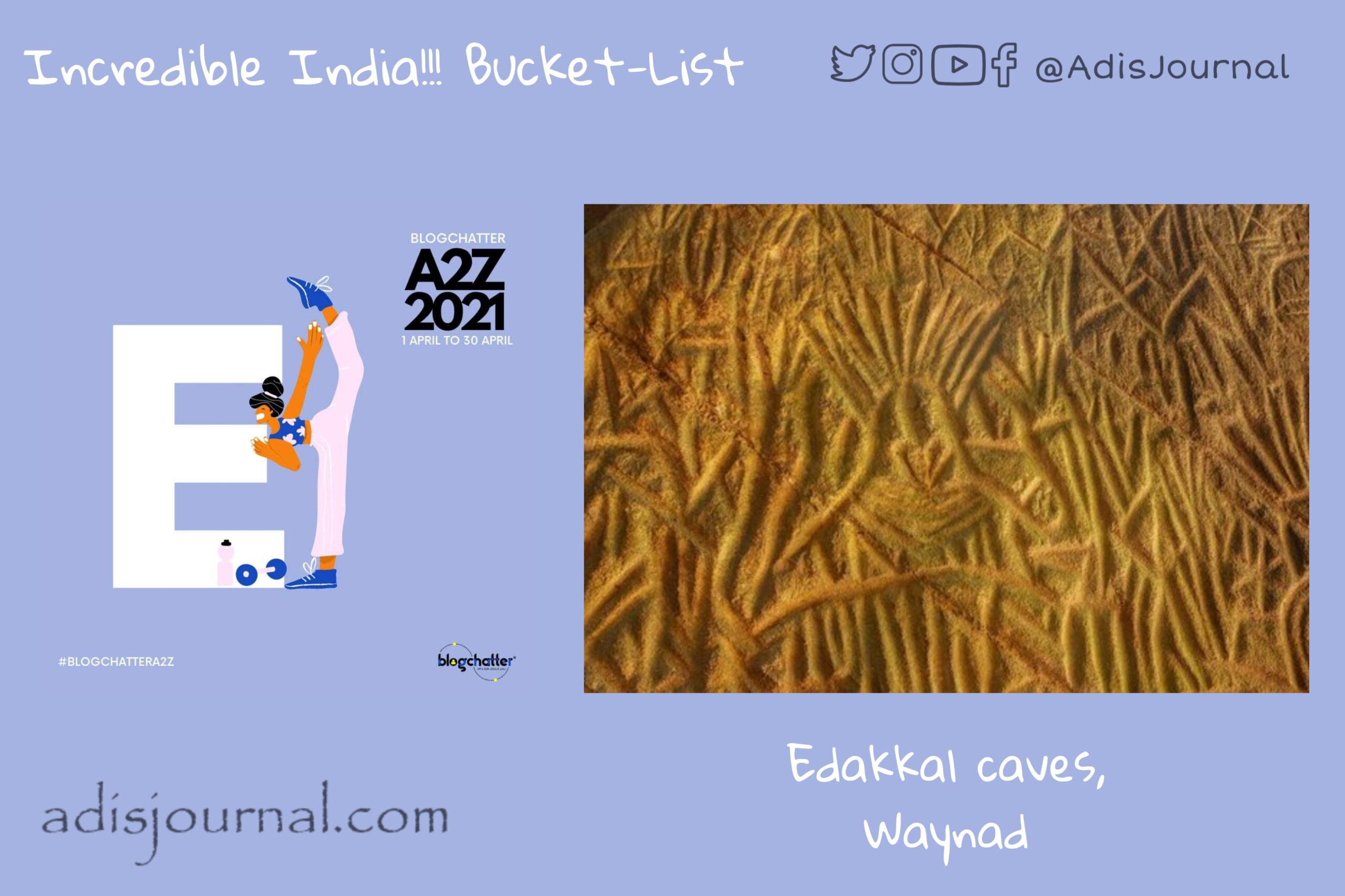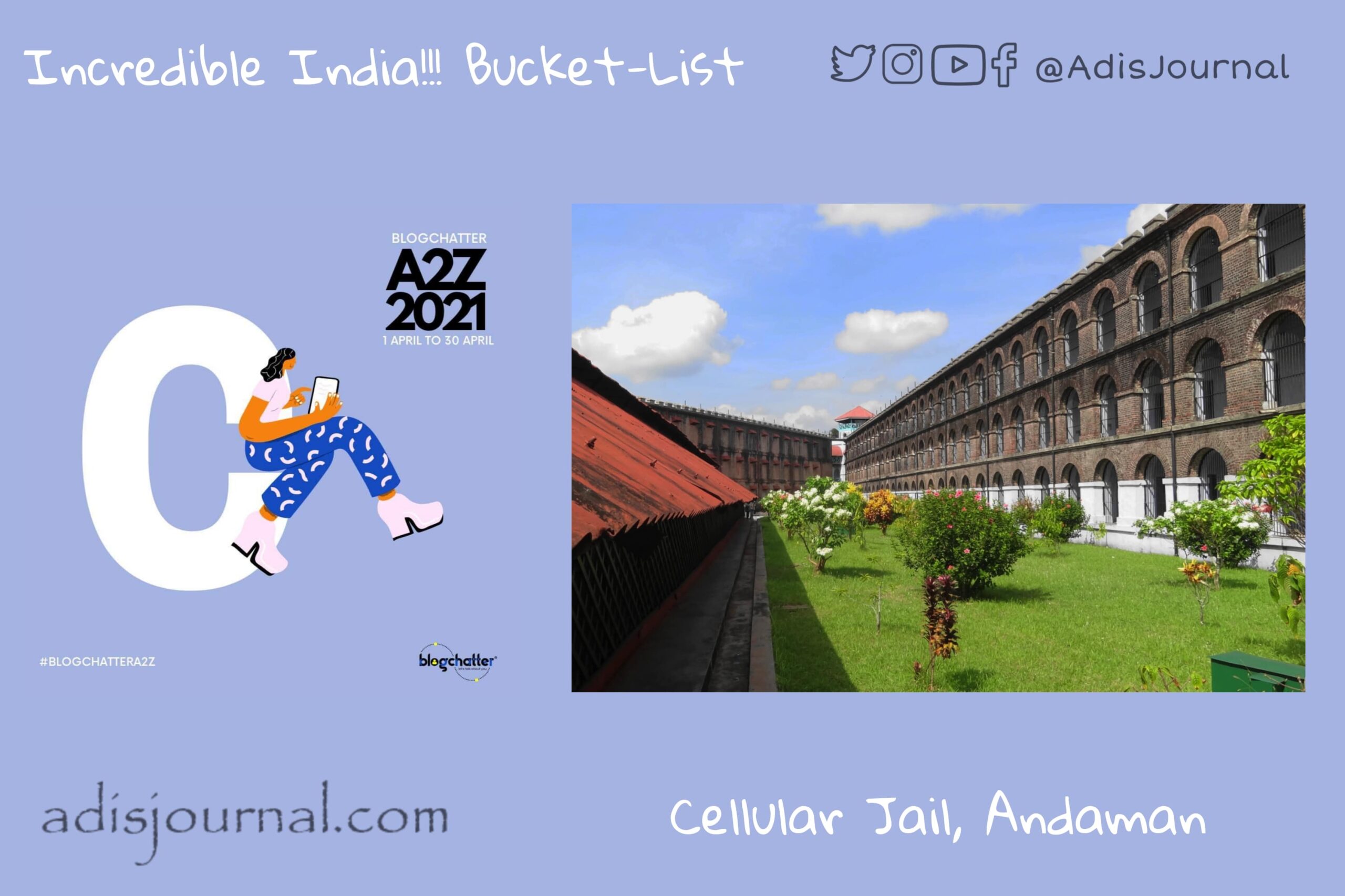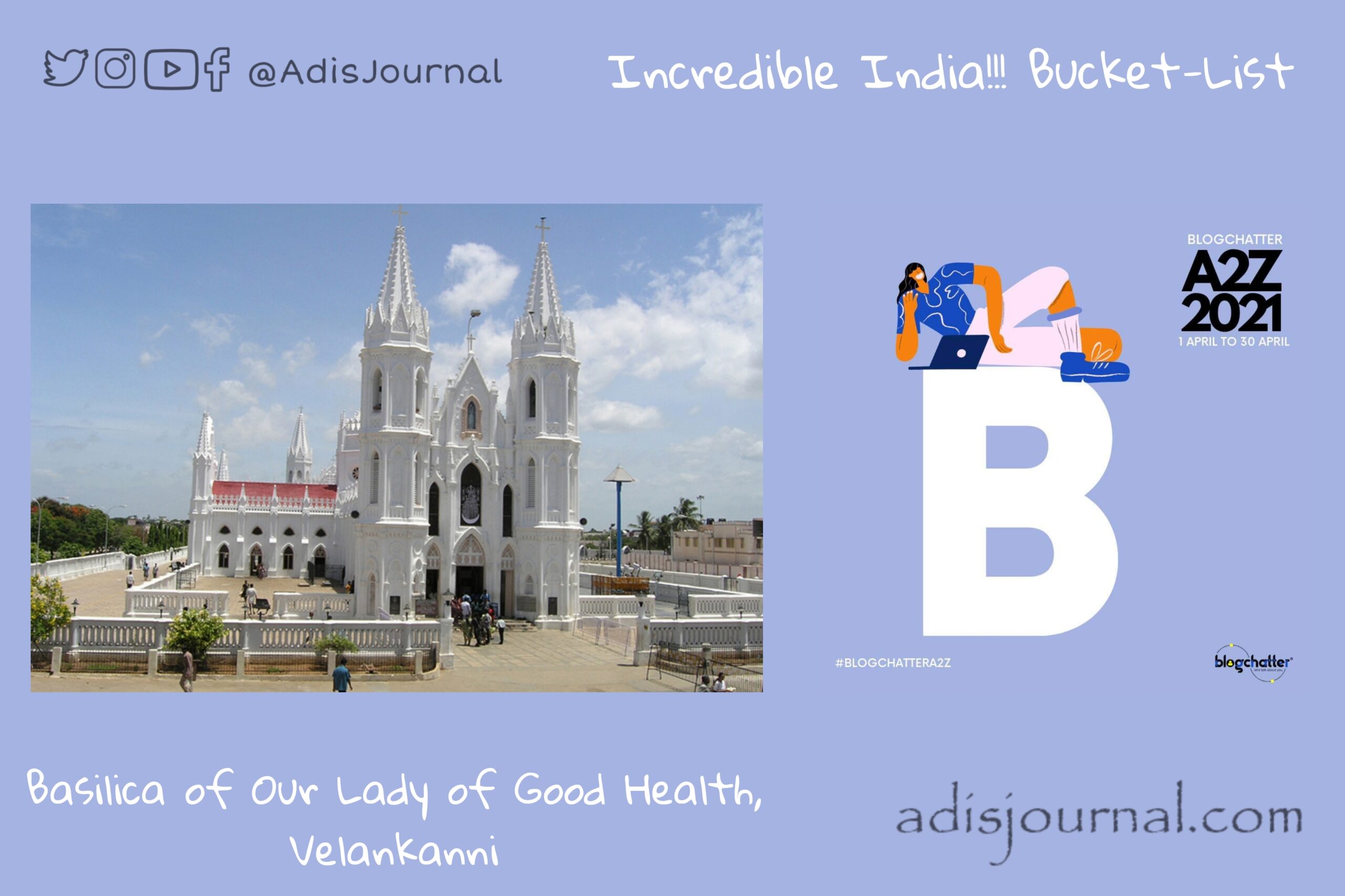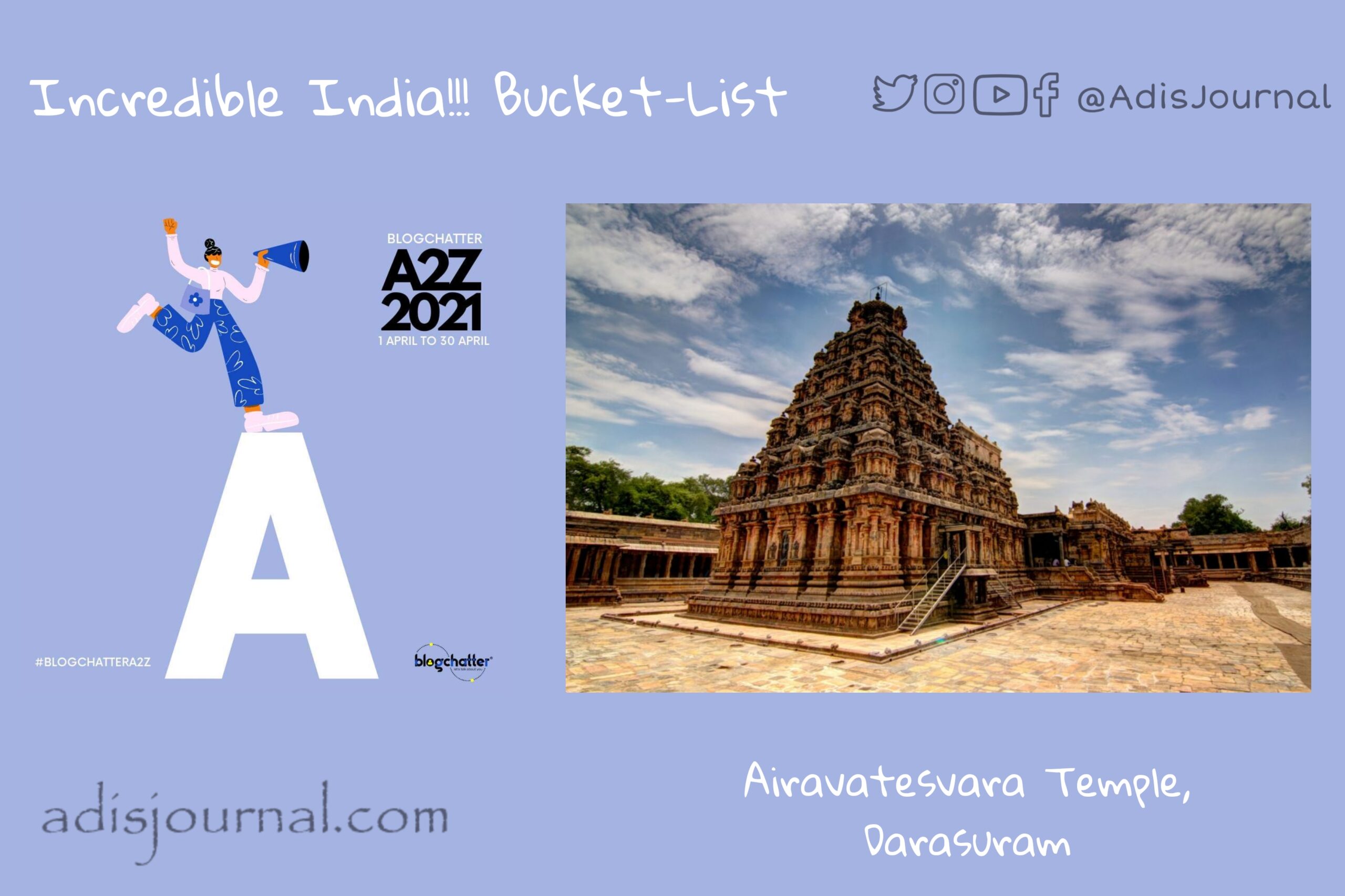Indian subcontinent witnessed the rise and fall of ancient civilizations. Main action of those civilizations were found in the North-Western parts of the subcontinent in and around Sindhu Valley at locations like Harappa, Mohenjo Daro and Kalibangan etc. Our today’s destination is the proof and the connection to the ancient world dating even further back than Indus Valley civilization. Edakkal caves in Waynad, Kerala are the link between today’s world and the period of Neolithic people.
Edakkal caves are ‘rock shelter’ kind of caves. A large boulder is straddling upon a fissure forming these caves. Even the name ‘Edakkal’ literally means ‘a stone in between’.

Story time:
As per the legend, Edakkal caves are formed because of the arrows shot by Lav and Kush, sons of Lord Sri Ram. However, credit of the recent discovery of these caves goes to Fred Fawcett, the then Superintendent of Police of the Malabar district. In 1890, he was on one of his hunting trips to Waynad district. He stumbled upon this rock-shelter and discovered it to be the treasure of petroglyphs.
What’s so cool about it?
The only site in South India where you can find the petroglyphs carved by Neolithic people. You can reach the caves after a short trek through Ambukutty Mala, a mountain in western ghats. These caves are in the form of two chambers at two levels. The lower is a smaller one with about 210 sq. ft. and 10 m high, while the upper chamber is about 2100 sq. ft. with 18 m high roof.
Oldest petroglyphs found in these caves are approximately from 6000 BCE. This is a strong evidence of a presence of highly civilized prehistoric settlements in the area. Recently, the State Archeological Department of Kerala conducted a study of the caves in 2009. During this study, they found around 400 signs which depicted the probable connections with Indus Valley civilization. Most important motif found in caves was “a man with a jar cup”. Along with these, there are some engravings in Tamil and Brahmi scripts which are pretty recent in comparison with 8000 years old petroglyphs.
Let’s appreciate this connection with our very ancient ancestors and halt here for the day. Tomorrow will be one more exciting destination to visit and enjoy. Till then, sayonara…
I am participating in the A2Z challenge with Blogchatter and this is my take on day 5 challenge. “E is for the Edakkal Caves, Waynad District”. You can find my other posts from this challenge here.





























